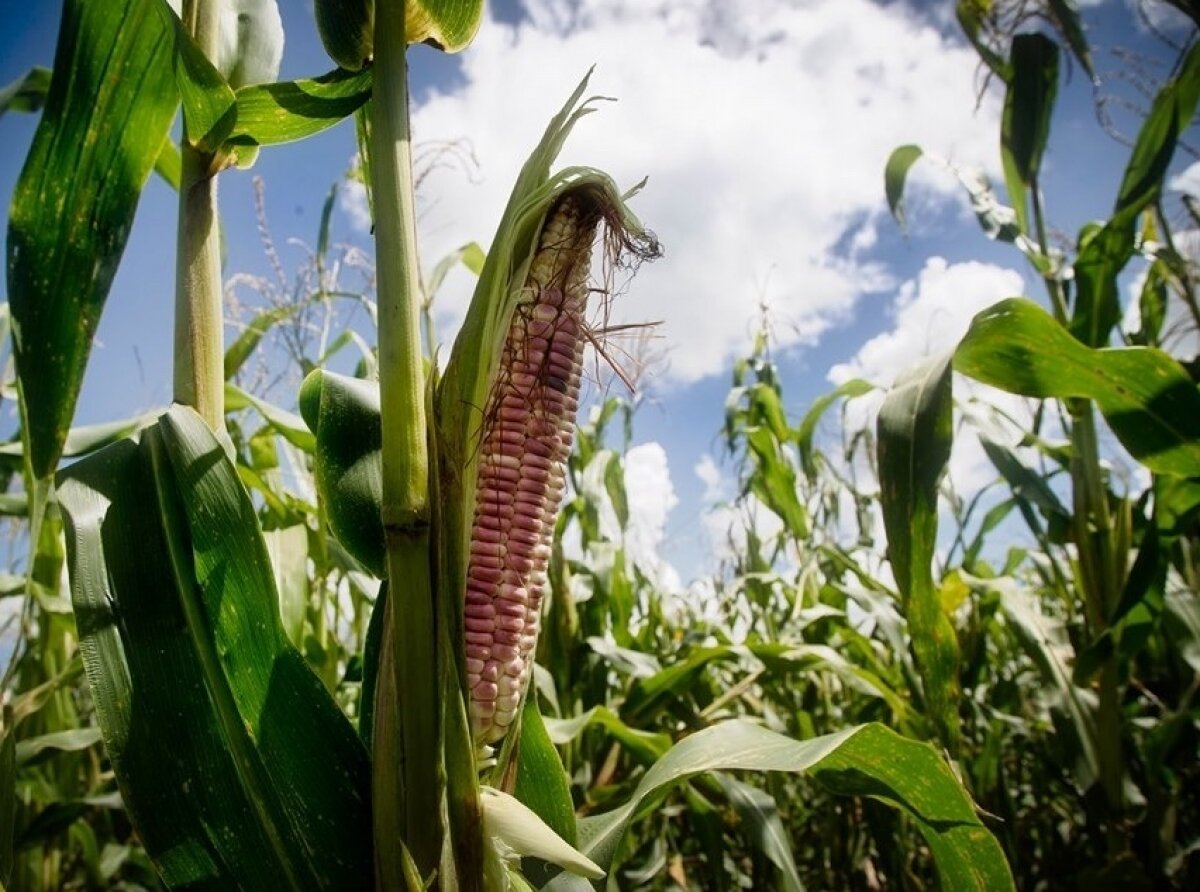Due to its great value as a sample of biodiversity and its cultural importance, the Jalisco Ministry of Agriculture and Rural Development (SADER,) has channeled support in favor of the production of native maize.
This was expressed by the head of the office of the state agency, Salvador Álvarez García, who stressed that support for native corn has been given in various schemes. Some of which are direct support for producers who grow them, and for the tasks of some extension workers who technically advise the production in coordination with the milpa system of a balance of crops grown together to mutually benefit each other, where these cereals have been used.
The agronomist of SADER Jalisco and advisor in the milpa system, Domingo Huerta Aréchiga, gave the example of the use of two native pozolero maize, one white with eight rows and the other purple-black with eight to ten rows. Both are grown in the Sierra de Amula.

The technician highlighted that due to their flavor and consistency, these cereals are in great commercial demand for the production of pozole, as well as for their leaves for tamales, which is due to the flavor and floury texture of the grain.
He explained that to sell this corn, it is already offered with the popped grain, which together with the sale of the leaves for tamales raises the producer's income.
In turn, the extensionist Rodolfo González Figueroa indicated that in his experience in La Ciénega, in the municipality of El Limón, pozolero maize is grown agro-ecologically in the milpa system, combined with pumpkins, tomatoes, beans, green tomatoes, and even sunflower blossoms.

He explained that in his case it has been several years since they stopped using synthetic fertilizers on their plots, which gives their products a plus. Instead they have in their favor fertilization with earthworm derivatives, which are made right there in the community.
Another connoisseur of the subject, the agronomist Ricardo Fabián, with his experience in Tuxpan with a collection center for native grains, pointed out that there is a demanding challenge for these materials to remain in force.
He explained that producers and their organizations have a scenario of opportunity before the consumer who knows how to value the characteristics of native corn, not only for pozole and tamales, but also before other dishes, such as sopes, tacos, tlacoyos, tostadas, tortilla chips, and huaraches, to say the least, where corn is the main ingredient.

He showed that the sale of purple tortillas on weekends and holidays in Tuxpan, especially to visitors, has been an example of successfully asserting this producer, both for the farmer, as well as for those who industrialize it.
He mentioned that there are estimates that in the South and Southeast of Jalisco some 300 hectares of native corn are cultivated, a figure that may increase or decrease depending on the valuation made by the producers at the present time. The farmland for this grain faces competition from other highly profitable agricultural products, such as agave, lemon, and avocado, to name a few.
Connoisseurs of the subject also point out that the production of native grains has the challenges of consolidating a germplasm bank and achieving certification of grain grown in an organic process, taking advantage of places not exposed to large-scale commercial plantings.
Likewise, a conventional genetic improvement task is pending to give better management characteristics to the plants, such as counteracting lodging, the fall of the corn stalks, and giving more vigor to rooting, among other phytotechnical works.
Native Mexican corn accounts for 64 races, among which some stand out for their characteristics in their sweet taste, smooth texture, mealy consistency and large grain. Among the native corn of Jalisco are Red, Black, Purple, Red, Colorado, Yellow, Cinnamon, Grain of Granada, Smoked, Tampiqueño, Tampiqueño Negro, Urapeño, Tuxpeño Blanco, Pozolero Maicita, Guino fino, Blanco de Echo, Rayado and Garlic Tooth Badger Tooth, to name a few.
The Jalisco regions with the presence of native corn are in the south, the Sierra de Manantlán, and in the north, the Sierra de Amula, and some spots in the center in valleys.
The variety that is most in demand for pozole is called cacahuazintle, which is a successful product for this dish. The State of Mexico is the leader in this grain.
photo by bluemarlinbeachresort.com
image by reverdecer.annalisagross.com

